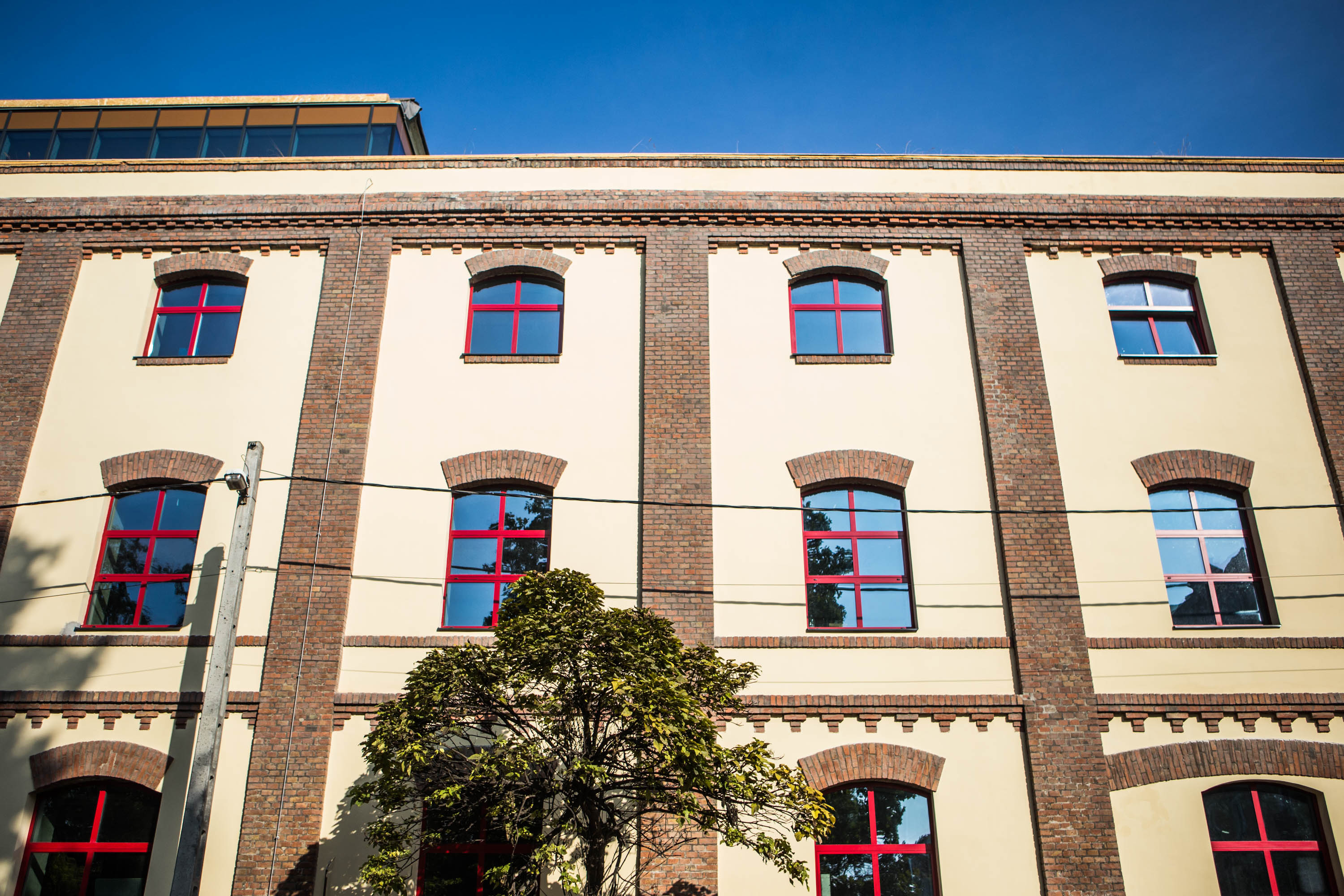Even before Újpest was a beacon of Socialist-era industrialisation, it was a flourishing manufacturing hub. Gyula Wolfner’s Leather Factory was one of the leading and longest-established companies. After Wolfner’s tragic death, his empire faded into obscurity and only a few remaining factory buildings remind us of its heyday. Now, what was the main one will be transformed into an innovative office space where the past meets the future.
At a site whose manufacturing heritage now dates back 180 years, the Wolfner brothers established their sheepskin tannery and woolscour on the banks of Danube in Káposztásmegyer. In 1869, these prominent businessmen opened a new manufacturing plant in Újpest as the workshop had to expand to meet the burgeoning customer demand for their soft Morocco leather.
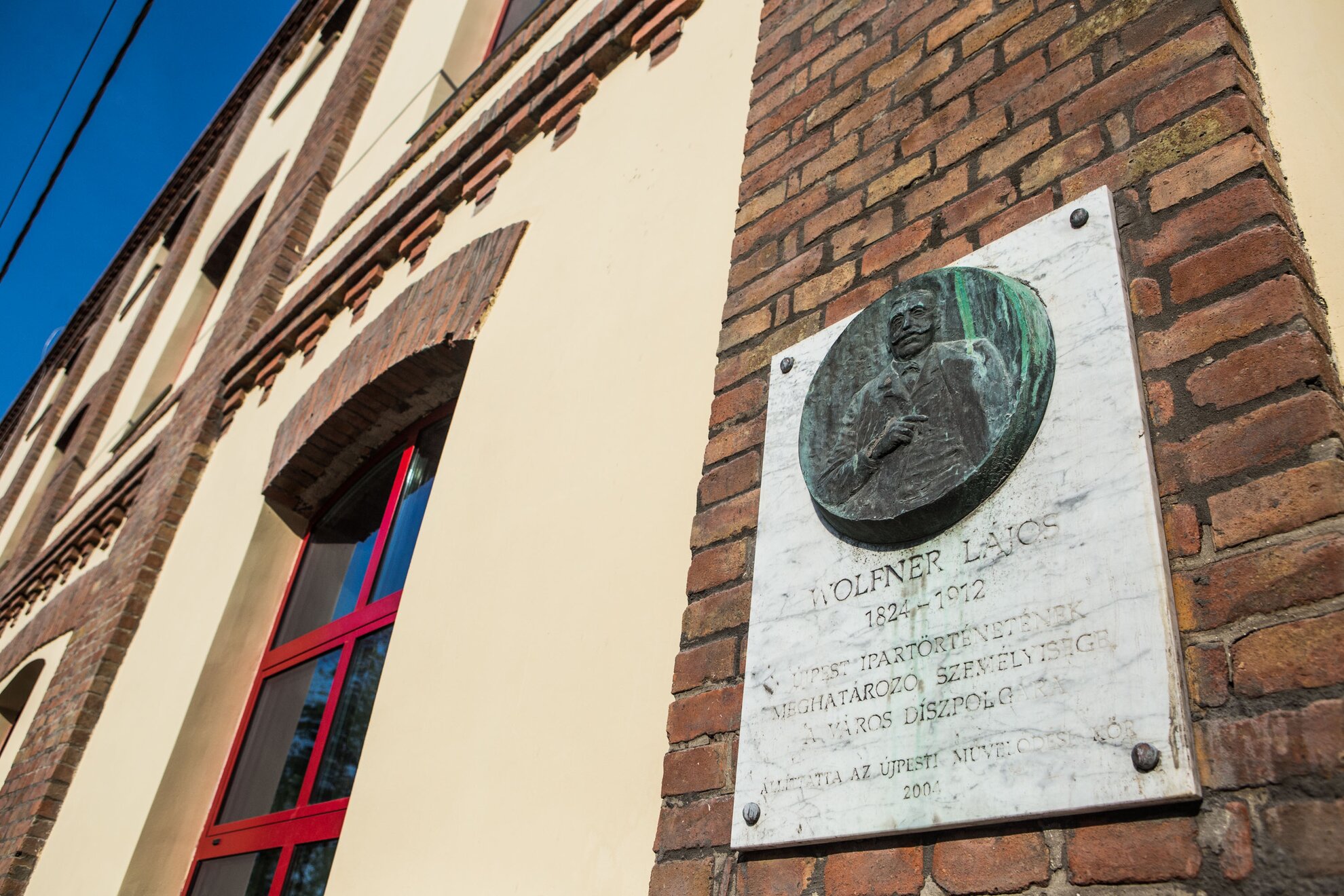
The factory grew into the leading supplier of belts and cow-hide leather in the Habsburg Empire. Their high-quality products earned a gold medal at the Hungarian millennial celebrations of 1896. At the beginning of the 20th century, this thriving company recorded a 40% turnover in the domestic market and went on to become the official supplier of military boots to the Austro-Hungarian Army during the Great War.
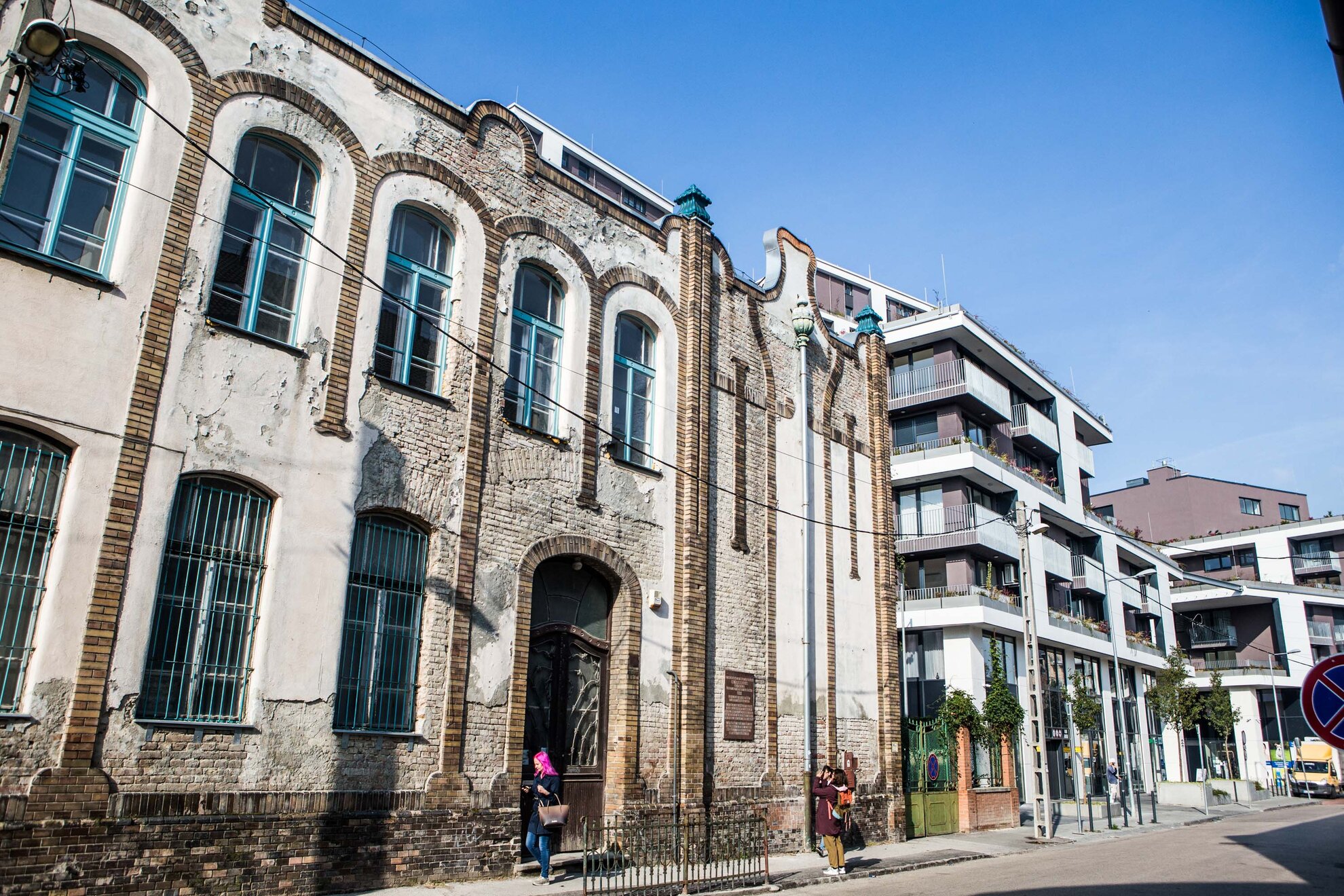
The factory survived the Siege of Budapest in early
1945 but as Hungary fell to Soviet rule the company was taken into public
ownership. It was purchased by the Budapest Leather Trade State Enterprise 20
years later and the Wolfner name disappeared into thin air.
Local factories
produced immense amounts of plastic and nylon to correspond with the economic
goals of the Soviet Union’s ambitious five-year plans, but the leather goods
still managed to remain popular and appeared on the pages of fashion magazines.
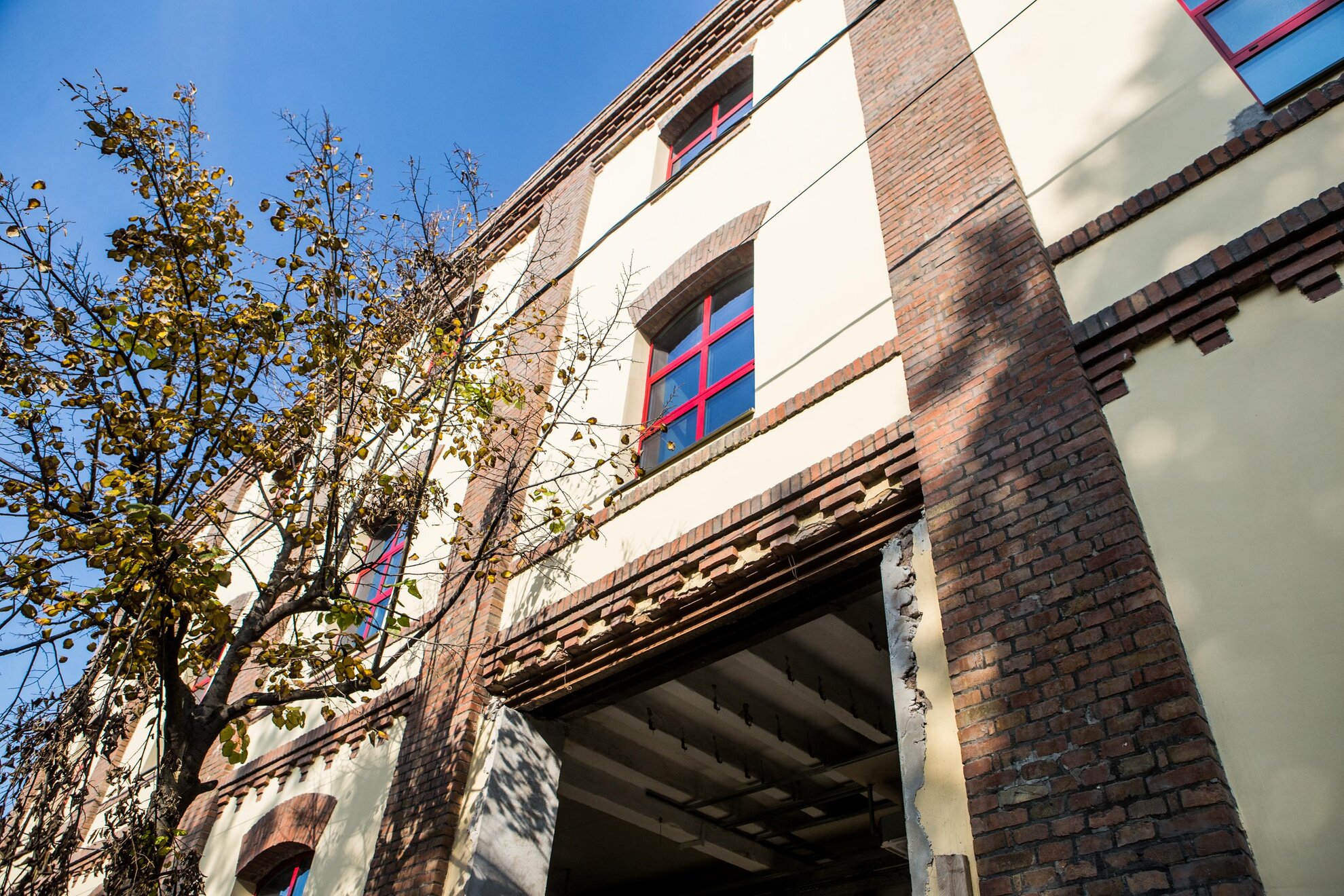
After several failed attempts to privatise the company, it had eventually filed for bankruptcy in the 1990s. For a short period, the plant’s central building functioned as an events centre and exhibition space for the MEO Contemporary Art Collection. Currently, the neighbouring heritage building is also for sale, waiting for an investor to revive its glory.
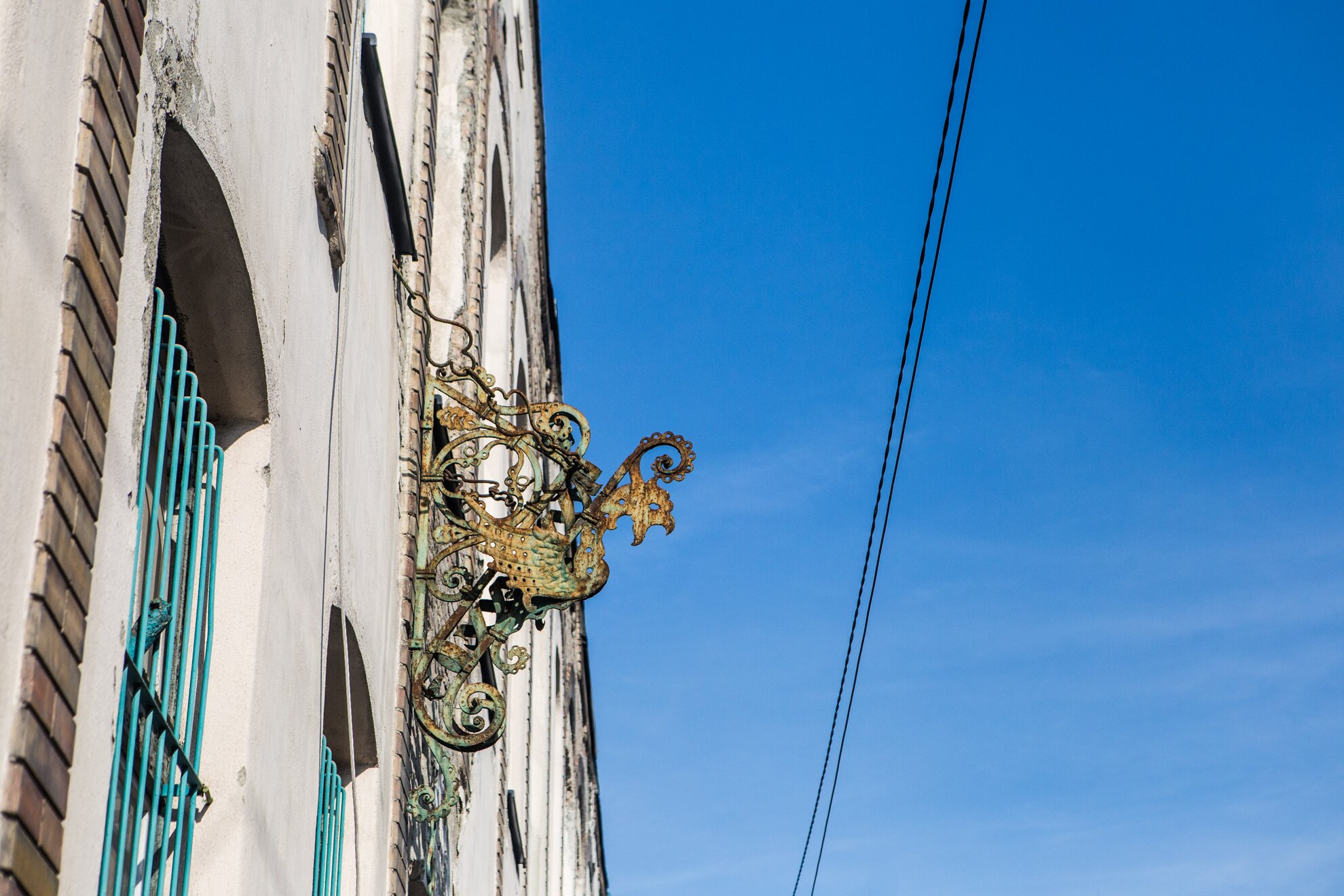
Despite
the memorial plaque to Lajos Wolfner, it wasn’t he who made the factory thrive later
in the 1900s but his son, Gyula. A well-known patron and collector of art with
revolutionary eco-friendly initiatives, instead of doing the obvious and
discharging toxic tannery waste into the Danube, Gyula utilised waste shredders
and had a sedimentation tank built to store the harmful materials.
Another pioneering
move was the introduction of a job-based health insurance for his employees
generously provided by the company. In 1944, Gyula Wolfner was deported and
died in a Nazi concentration camp.
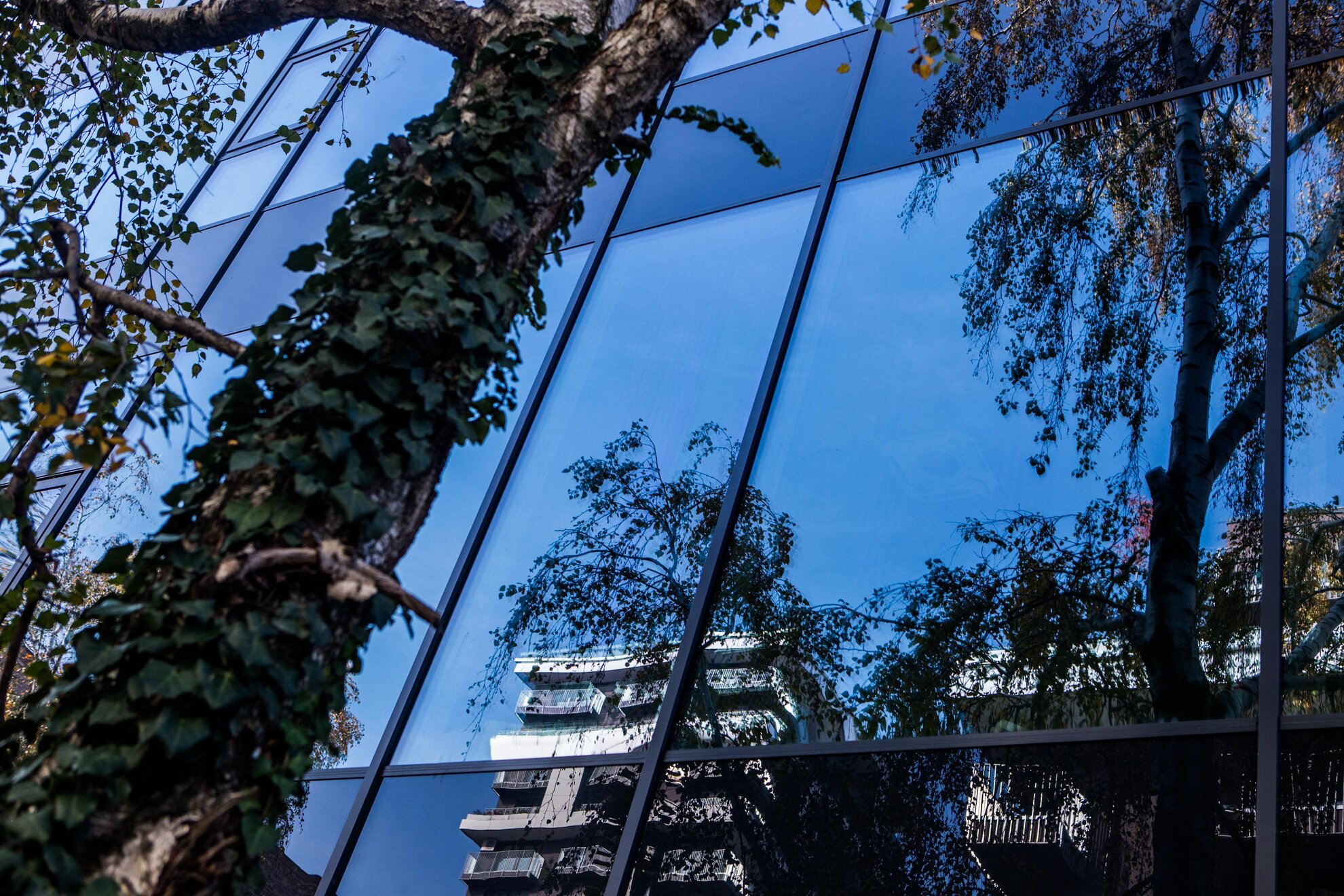
The
abandoned central building of the factory will be revived as the JA4 loft
office building, currently undergoing renovation by the team at Grifton
Property. Throughout the works, experts must adhere to strict architectural
conservation guidelines: the window frames have to remain bright red and only
indoor heating insulation can be installed to preserve the original industrial
design of the exterior walls.
The building has been determined to be
structurally sound, but some parts of the brickwork had to undergo a meticulous
cleaning process to eliminate signs of ageing.
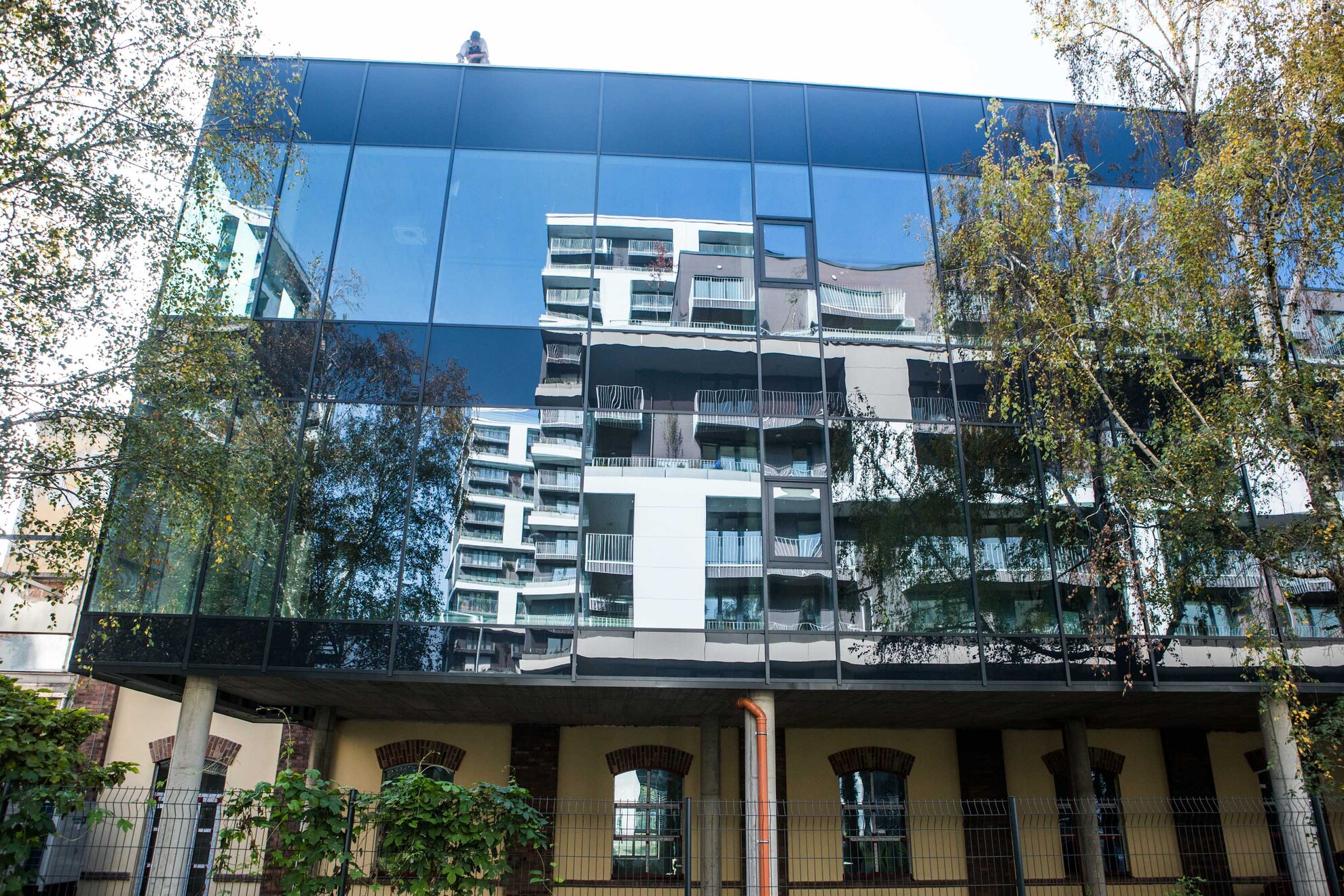
The stunning design plans reveal that the 100-year-old factory building will be expanded with a contemporary glass wing to create new workspaces. This may hinder the view from the balcony of a nearby apartment, but the see-through glass walls will allow viewers to discern the brickwork façade of the original building.
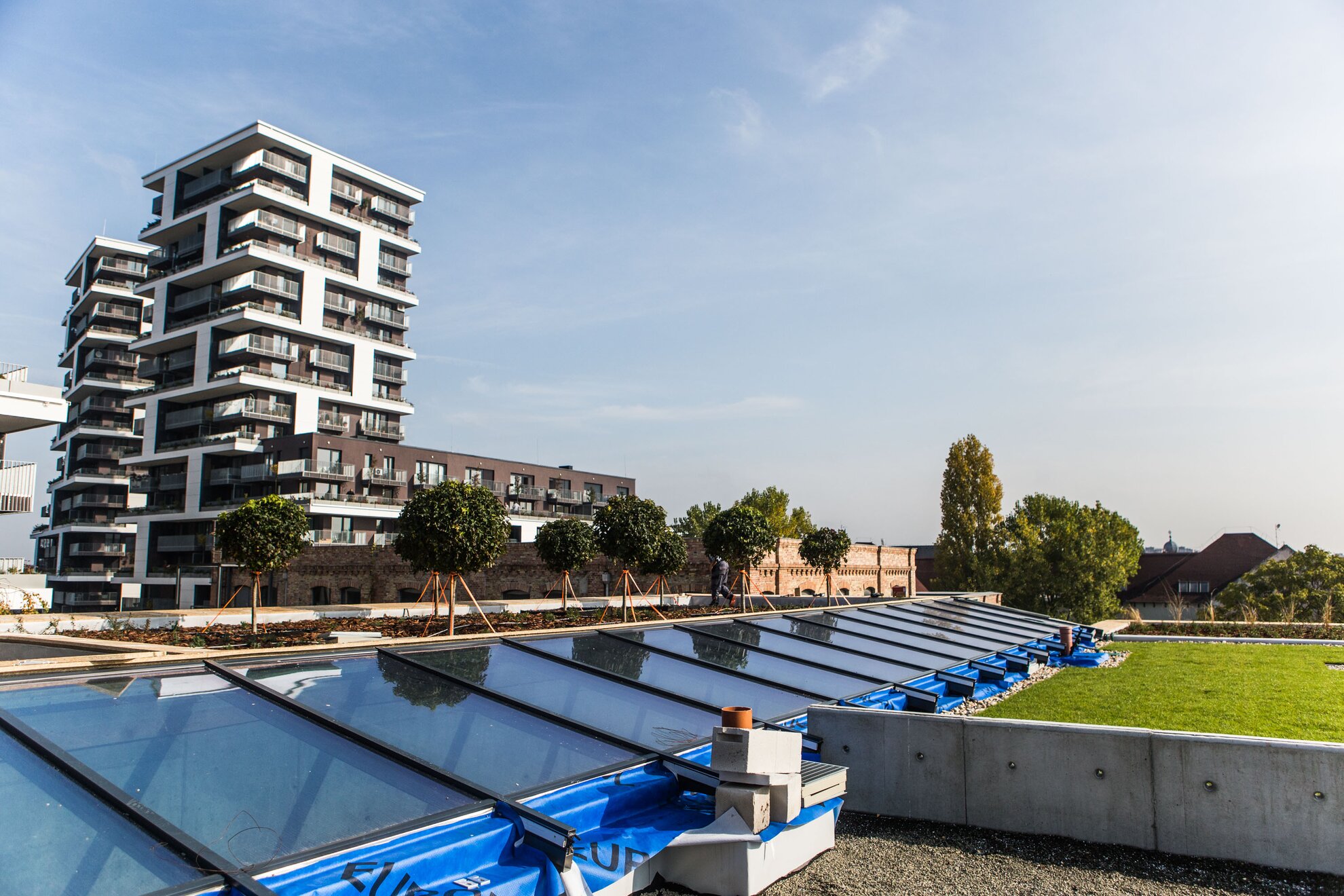
The interior planners decided to leave the walls unplastered and keep the original archways. The renovated building will have three separate floors, each let out to different companies. Each open-plan office will have the stylish design of a trendy urban loft, but tenants can decide how they wish to make use of the space.
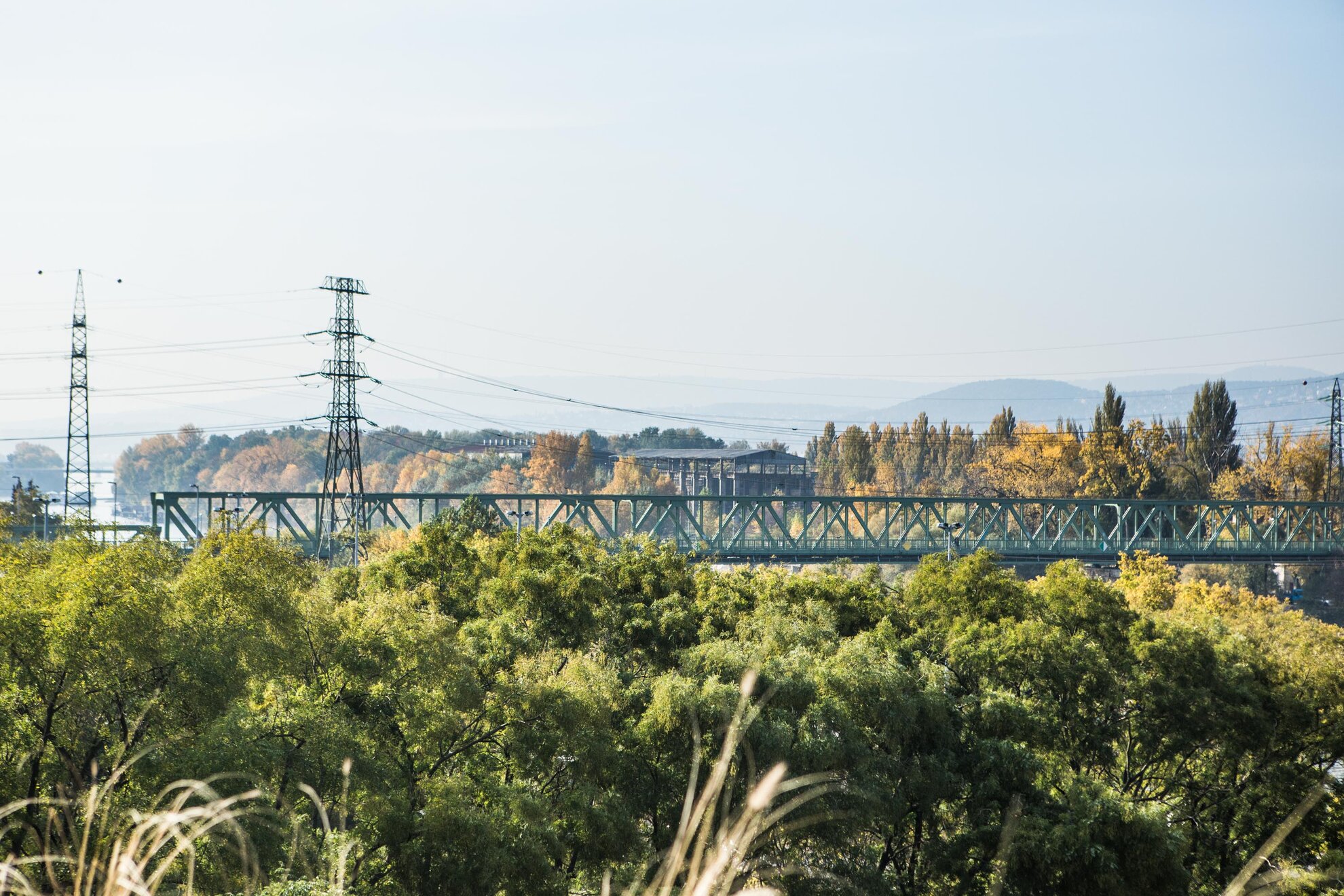
The
building will have its own lush rooftop garden with an automated irrigation
system. Shrubs and trees have already been planted and turf laid down to create
that perfect looking emerald-green lawn.
One of the new offices will have its
own private rooftop garden but those without access are welcome to visit the
communal garden on top from which they can enjoy a breathtaking view of the
city.
